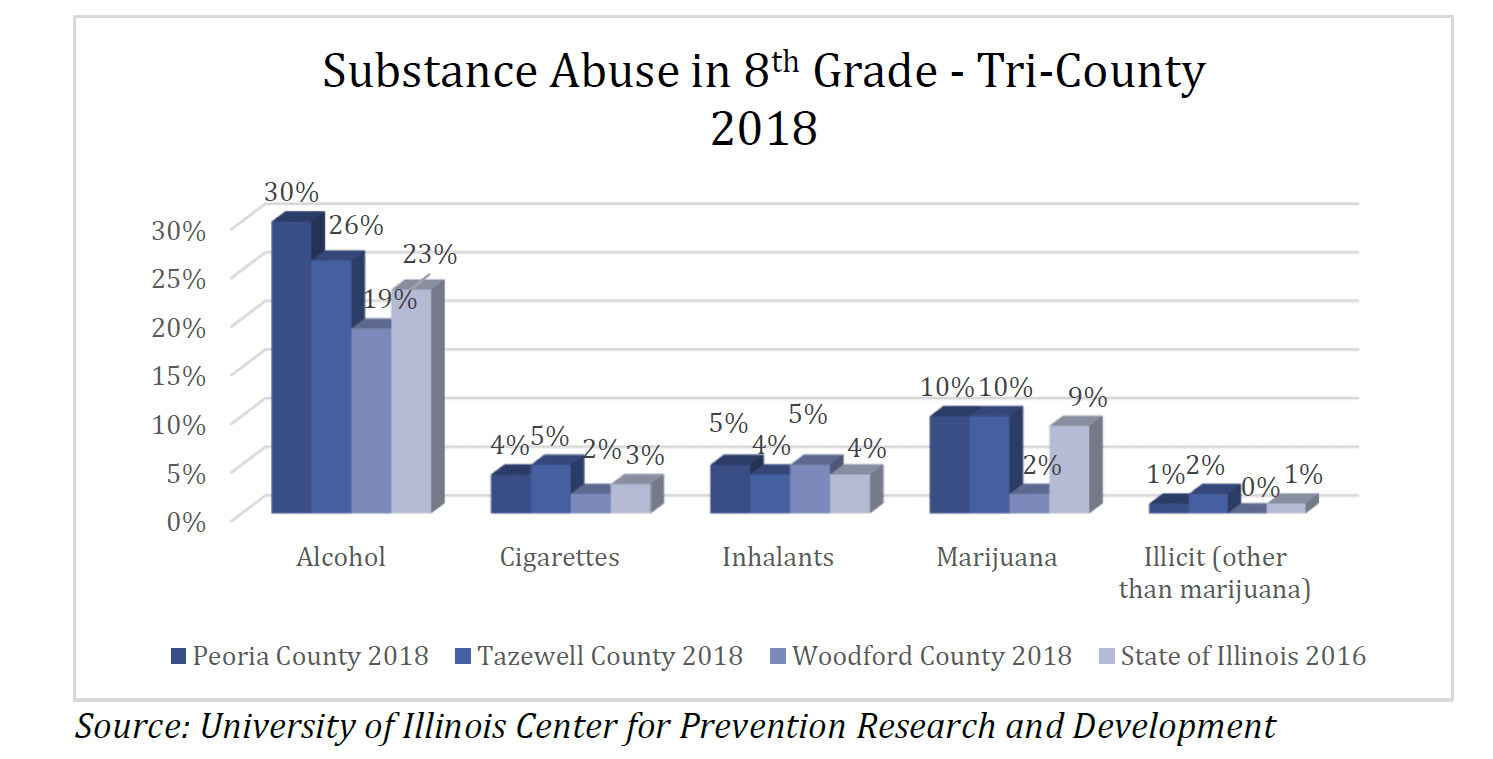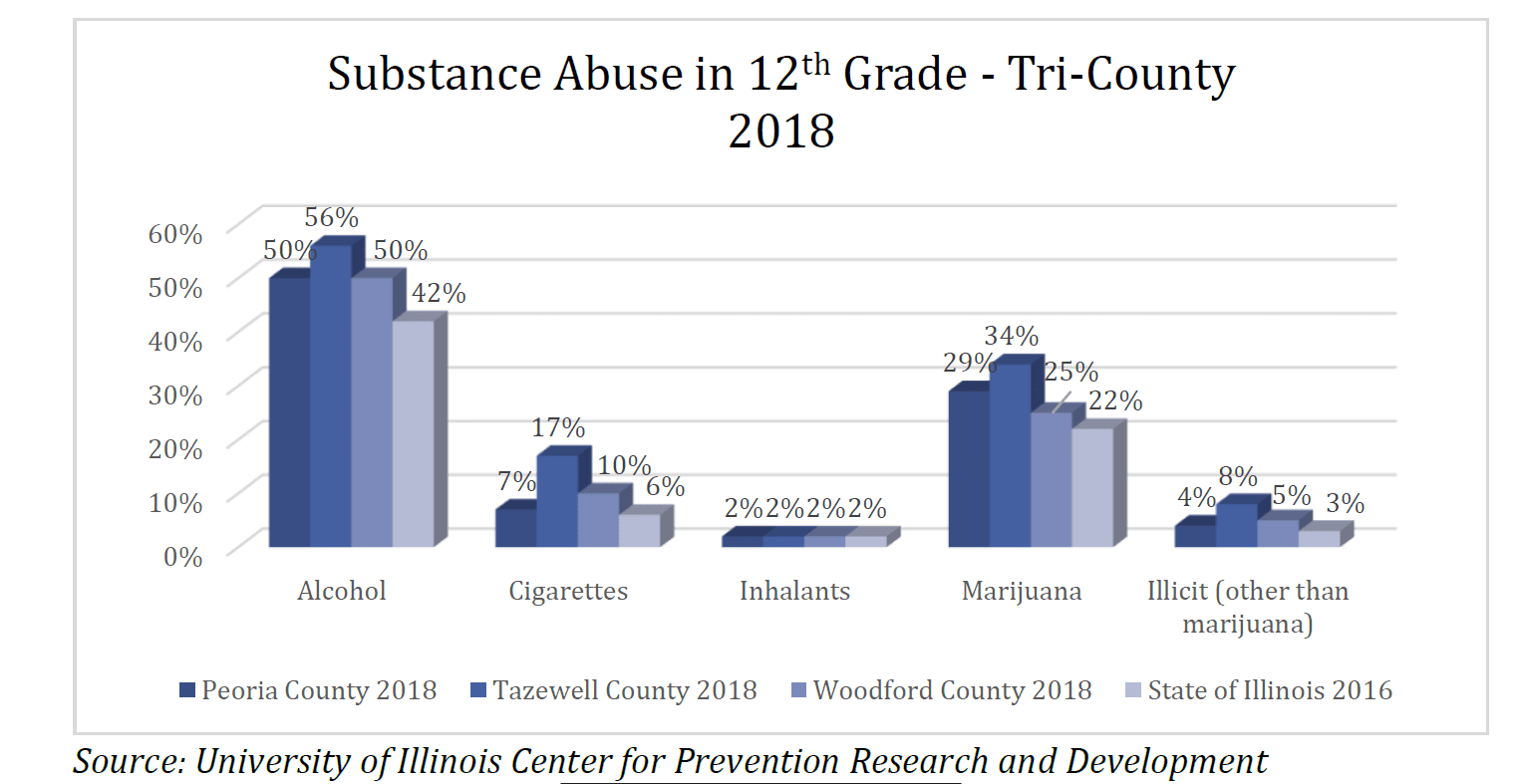What is marijuana?
Marijuana, which can also be called weed, pot, dope, or cannabis, is the fried flower and leaves of the cannabis plant. It contains mind-altering (E.g., psychoactive) compounds like tetrahydrocannabinol, or THC, as well as other active compounds like cannabidiol, or CBD, that are not mind-altering (CDC, 2018).
How is Marijuana used?
There are many ways marijuana can be used, each one effects the individual differently. It can be smoked like a cigarette, cigar, or pipe. Other ways people smoke it is through oils, concentrates and extracts from marijuana plant, this is called “dabbing.” Sometimes people mix it in food and drinks (CDC, 2018).
Is marijuana addicting?
The short answer is yes.
According to the Center for Disease Control (CDC), about 1 in 10 marijuana users will become addicted. For people who begin using before of 18, that number rises to 1 in 6. Signs that someone may be addicted include: unsuccessful effort to quit using marijuana, giving up important activities with friends and family in favor of using marijuana, and using marijuana even when it causes problems fulling everyday jobs at home, school or work. People who are addicted to marijuana may also be at risk of other negative consequences of using the drug such as problems with attention, memory, and learning (CDC, 2018).
What are the health risks of using marijuana?
According to the CDC, marijuana effects many areas of the body such as; the brain, heart, lungs, and a person’s mental health. Below will provide a brief description on how it effects each area.
Brain: short-term effects include: problems with attention, memory, and learning, which can affect relationships and mood. Long-term effects include: brain development, when being used by teenagers, the drug may reduce attention, memory, and learning functions and affect how the brain build connections between the areas necessary for these functions (CDC, 2018)
Lungs: In many cases, marijuana is smoked in the form hand-rolled cigarettes (joints), in pipes or water pipes (bongs), in bowls, or in blunts—emptied cigars that have been partly or completely refilled with marijuana. Smoked marijuana, in any form, can harm lung tissues and cause scarring and damage to small blood vessels. Smoke from marijuana contains many of the same toxins, irritants, and carcinogens as tobacco smoke. Smoking marijuana can also lead to a greater risk of bronchitis, cough, and phlegm production. These symptoms generally improve when marijuana smokers quit (CDC, 2018)
Heart: Marijuana makes the heart beat faster, which could lead to increased risk of strokes and heart disease. Most of the scientific studies linking marijuana to heart attacks and strokes are based on reports from people who smoked it, more research is needed to fully understand how marijuana impacts the circulatory system (CDC, 2018).
Mental health: Marijuana use, especially frequent (daily or near daily) use and use in high doses, can cause disorientation, and sometimes cause unpleasant thoughts or feelings of anxiety and paranoia. Marijuana users are significantly more likely than nonusers to develop temporary psychosis (not knowing what is real, hallucinations and paranoia) and long-lasting mental disorders, including schizophrenia (a type of mental illness where people might see or hear things that aren’t really there). Marijuana use has also been linked to depression and anxiety, and suicide among teens. However, it is not known whether this is a causal relationship or simply an association (CDC, 2018).
How is marijuana effecting young adults in the Tri-County Area?
The Partnership for a Healthy Community collaborated to create the Community Health-Needs Assessment (CHNA) for the tri-county region to help assess the health of the individuals who live in these areas (CHNA, 2019). Several themes are prevalent in the CHNA, but we will be focusing specifically on youth and who uses marijuana.
CHNA created a youth substance abuse data collection. In this collection the used data from the Illinois youth Survey which measures illegal substances such as; alcohol, tobacco, and other drugs -mainly marijuana. Results have found the Peoria County is at or above State averages in all categories among 8th and 12th graders. Tazewell County is at or above State average in all categories among 8th and 12th graders. Woodford County is below state average is all categories among 8th graders and 12th graders except for one: inhalants. Among 12 graders, Woodford County is at or above State Averages in all categories (CHNA,2019).


Data collected by Illinois Youth Survey found;
- State of Illinois (8th, 10th, and 12th grade) reported:
- Weighted Count
- Surveyed total: 11,259
- Weighted Count


- Tazewell County Schools (8th, 10th, and 12th grade) reported:
- All 14 middle schools participated in survey and all 7 high schools
- Surveyed total: 4,616 =70% of students enrolled in County
- All 14 middle schools participated in survey and all 7 high schools


Woodford County schools (8th, 10th, 12th) reported:
- 6 out of the 8 middle schools participated in the survey. 5 out of the 6 high schools participated
- Survey total: 1816= 66% enrolled students in country report


Peoria County schools (8th, 10th, 12th) reported:
- 9 of the 28 middle schools participated in the survey. 6 of the 14 high schools participated.
- Survey total: 5843= 21% enrolled students in Country Report

(Illinois Youth Survey, 2018)

(Illinois Youth Survey, 2018)
How do we educate the youth?
Hult Center for Healthy Living provides substance abuse programs to help promote a healthy lifestyle.
Drugs: Choice or Chance: Grades 4 to 5. Topics discussed include tobacco, alcohol and marijuana. Also teaches students how to deal with peer pressure. This program engages critical thinking and student interaction through Turning Technologies© response system. This program is about 90 minutes long. (Hult Center, Youth Programs).
Decisions: It’s Up to You: Grades 8 to 12. This 90-minute lesson allows students to pick to learn about two topics of their interest. The choices are tobacco, alcohol, marijuana, and prescription pills. The students also learn about addiction, social media and how it can affect their lives, and about peer pressure. This program engages critical thinking and student interaction through Turning Technologies © response system (Hult Center, Youth Programs).
Want more information?
To learn more about Hult Center for Healthy Living please contact us at 309-692-6650 or info@hulthealthy.org for more information!
To learn more facts about marijuana and statistics please visit:

